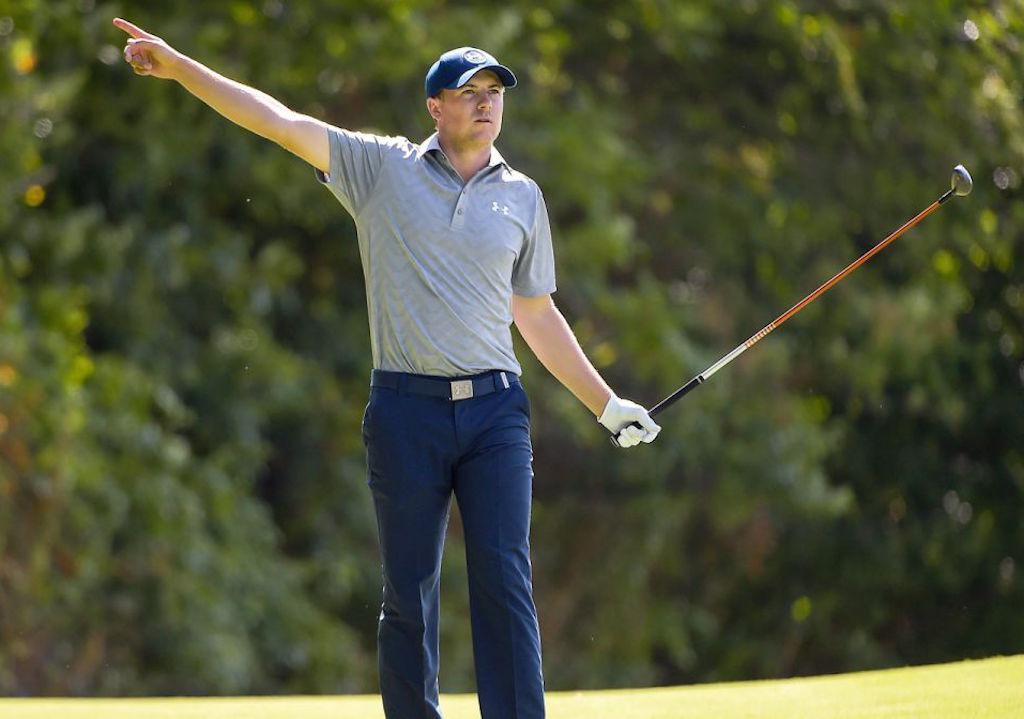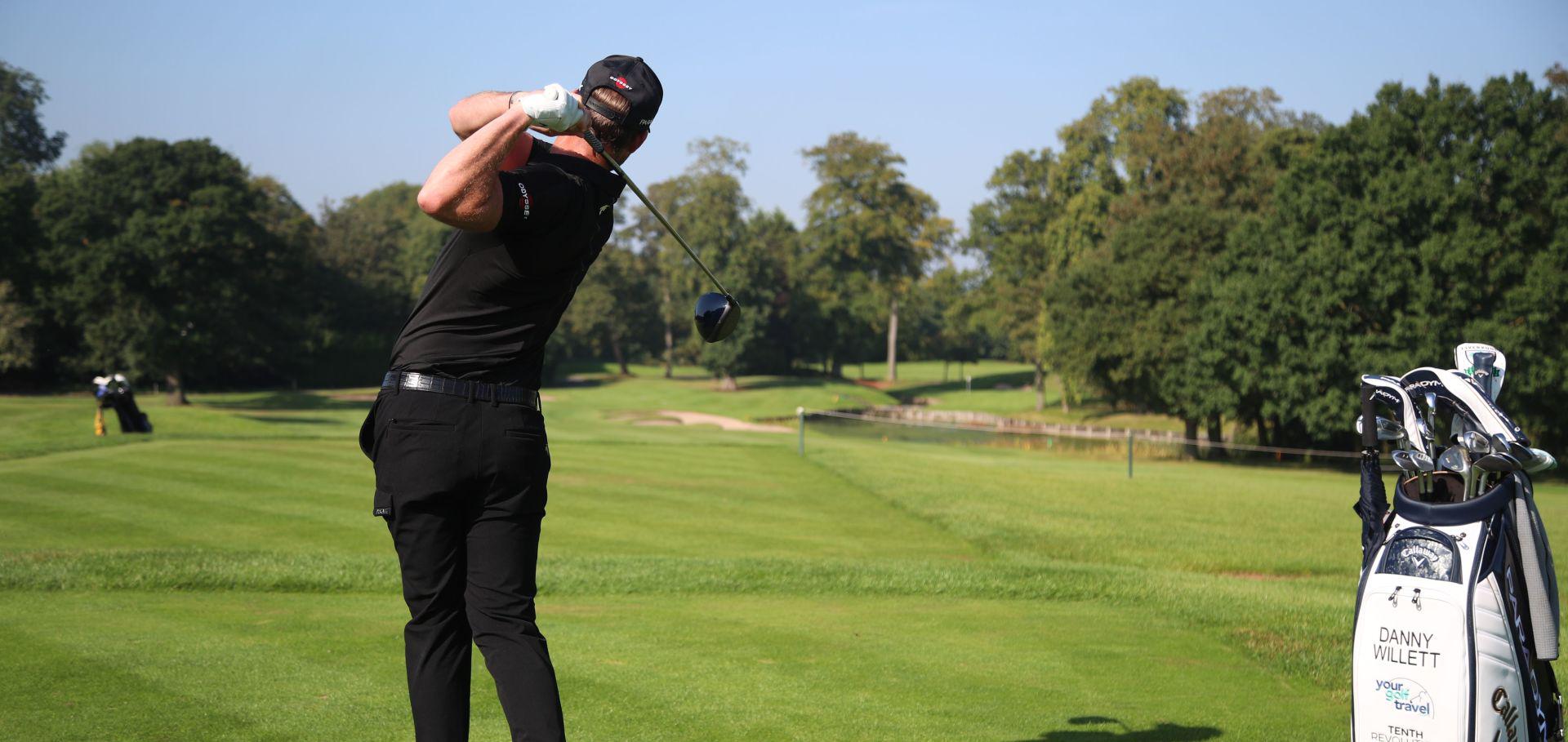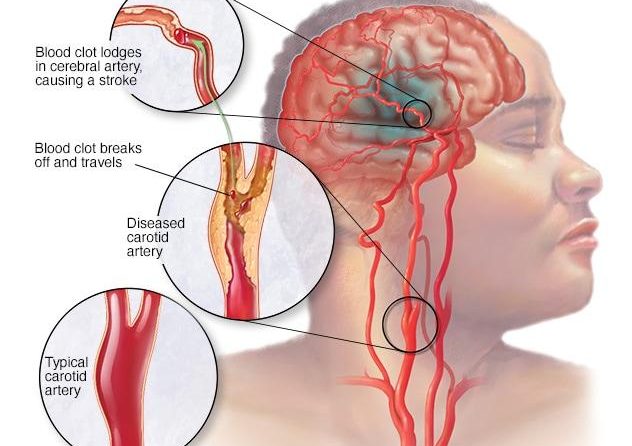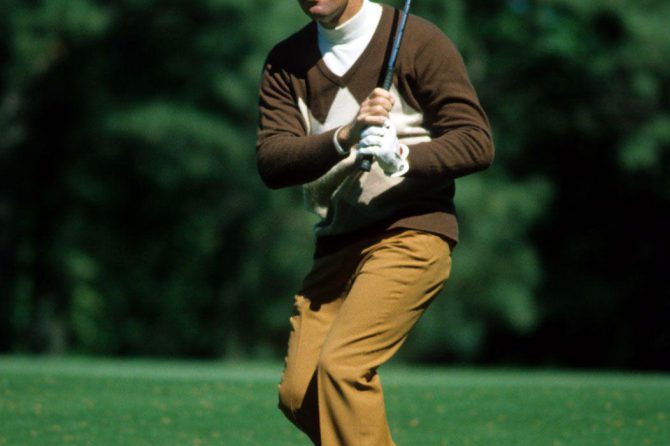The Application of Subtle Techniques in Golf: Strategies for Optimized Performance
In the realm of golf, where precision and strategy intertwine, mastering the art of subtle techniques can elevate performance to unprecedented heights. This article delves into the often overlooked nuances employed by seasoned golfers to gain an edge on the course.
Through meticulous observation, expert insights, and scientific analysis, this article unveils the psychological factors that influence decision-making, the importance of course management, and the intricacies of shot shaping. By incorporating these refined strategies into their gameplay, golfers can enhance accuracy, reduce strokes, and consistently produce exceptional results.
This article serves as an invaluable resource for golfers seeking to unlock their potential and achieve excellence on the green. By integrating subtle techniques into their repertoire, they can transform their game, leaving opponents marveling at their newfound proficiency and mastery.
Strategic Tee Shot Placement: Enhancing Accuracy and Course Control
The initial tee shot is crucial in golf and can significantly impact the course of play. By carefully considering factors such as course layout, wind conditions, and personal strengths, players can make strategic tee shot placements to enhance accuracy and gain control of the hole.
Evaluate the Course Layout
Before selecting a tee shot placement, thoroughly analyze the layout of the hole. Identify hazards such as bunkers, water bodies, and narrow fairways, as these can impact shot selection. Consider the distance to the green and any elevation changes that may affect ball trajectory. By understanding the course layout, you can choose a tee shot that minimizes risk and maximizes opportunities.
Consider Wind Conditions
Wind direction and speed can greatly influence tee shot accuracy. Into the wind shots require more club loft to carry the ball to its intended target, while downwind shots may require less loft to prevent overshooting. By adjusting club selection accordingly, players can mitigate the effects of the wind and improve tee shot precision.
Exploit Personal Strengths
Every golfer has unique strengths and weaknesses in their game. Some may favor accuracy over distance, while others may have a powerful drives. By understanding your personal strengths, you can select tee shot placements that cater to your abilities. For example, if you are an accurate player, you might choose to aim for a narrower fairway or target a specific landing area to set up a favorable approach shot.
Expert Green Reading: Decoding the Nuances for Precise Putting
Understanding the intricacies of green reading is crucial for consistent putting success. Here are a few expert tips to help you improve your green-reading skills:
-
Read the slope: The slope of the green significantly impacts the ball’s roll. Look for subtle changes in elevation by observing the contours and undulations of the putting surface. This will allow you to adjust your aim accordingly.
-
Consider the grain: Natural grass greens have a grain, which can affect the ball’s direction and speed. Determine the direction of the grain by examining its appearance or by running your fingers lightly across the surface. Adjust your aim to compensate for the potential influence of the grain.
-
Visualize the break: Once you have analyzed the slope and grain, visualize the path the ball will take. Using your imagination, trace the line of the putt in your mind, taking into account the speed and direction you intend to hit the ball. This will help you identify any potential breaks and adjust your line of aim precisely.
The Influence of Psychological Factors on Effective Decision-Making
The psychological aspects of golf are often overlooked, but they can have a significant impact on a player’s performance. Golf is a mental game as much as it is a physical one, and the ability to manage one’s emotions and мыслительные процессы can be the difference between success and failure.
One of the most important psychological factors in golf is **confidence**. A confident golfer is more likely to make good decisions, take risks, and perform well under pressure. Confidence can be built through practice, success, and positive self-talk. Golfers who believe in themselves are more likely to succeed than those who doubt their abilities.
Another important psychological factor in golf is **focus**. A focused golfer is able to stay in the present moment and concentrate on the task at hand. This can be difficult to do when faced with distractions, such as a difficult shot or a noisy crowd. Golfers who are able to maintain their focus are more likely to make good decisions and perform well.
| Psychological Factor | Description |
|---|---|
| Confidence | The belief in one’s ability to succeed. |
| Focus | The ability to stay in the present moment and concentrate on the task at hand. |
| Emotional control | The ability to manage one’s emotions and not let them interfere with performance. |
Course management is essential for golfers to maximize their performance on the course. This involves understanding the strengths and weaknesses of their game and making decisions that suit their abilities.
Golfers should always be thinking about shot placement – always clubbing down in favor of keeping the ball on the fairway and in play.
It’s much easier to make a par or bogey from the fairway than from the rough. Golfers should never attempt a shot they are not capable of making.
Playing within oneself means playing to one’s strengths and avoiding taking unnecessary risks. For example, a golfer who is not a good putter should avoid hitting the ball into long two-putt range whenever possible.
By making smart decisions about shot placement and club selection, and by playing within themselves, golfers can maximize their chances of success on the course regardless of their skill level.
Factors to Consider for Effective Course Management:
-
Course Conditions: Wind, rain, and other weather conditions can affect the way the ball travels. Greens may be faster or slower depending on the conditions. Golfers should always take these conditions into account when making decisions about shot selection.
-
Obstacles: Water hazards, bunkers, and trees can all make a hole more difficult to play. Golfers should always be aware of these obstacles and plan their shots accordingly.
-
Hazards: Hazards such as lakes, rivers, and ravines can make a hole more difficult to play. It is important for golfers to know where these hazards are located and how to avoid them.
-
The Golfers Game: Golfers should always play to their strengths and weaknesses. They should choose shots that they are capable of making and avoid taking unnecessary risks.
Shot Shaping Techniques: Mastering Versatility and Control
The art of shot shaping is a cornerstone of successful golf. It enables golfers to control the trajectory, spin, and curvature of their shots, allowing them to navigate challenging course conditions and create scoring opportunities. Mastering a variety of shot shapes is essential for golfers of all skill levels who seek to elevate their performance on the greens.
1. Draw and Fade Shots
Draw and fade shots are fundamental shot shapes that can be executed with different clubs, allowing golfers to shape shots around obstacles, target specific areas of the green, and control distance. A draw shot curves from right to left (for right-handed golfers), while a fade curves from left to right. To execute a draw, the clubface is slightly closed at impact, while for a fade, it is slightly open.
2. Knockdown Shot
The knockdown shot is a low-trajectory shot that is particularly useful in windy conditions or when navigating under obstacles. To hit a knockdown shot, the golfer positions the ball slightly back in the stance and makes a sweeping motion with the club, keeping the clubhead low and close to the ground. This technique reduces the amount of backspin imparted on the ball, resulting in a lower, penetrating flight.
3. High Lob Shot
The high lob shot is a short-distance shot that is typically used to clear obstacles or to land the ball softly on the green. To execute a lob shot, the golfer uses a lofted club, such as a sand wedge or lob wedge, and positions the ball forward in their stance. The swing is short and steep, with the clubhead moving in a high arc, imparting significant backspin on the ball. This produces a high, soft trajectory that allows the ball to land gently on the green.
This article has equipped you with the necessary knowledge and strategies to enhance your golf performance. We hope that by incorporating these techniques into your game, you will experience improved accuracy, reduced strokes, and consistent success on the green. Continue to practice the subtleties of the game and refine your approach to unlock your full golfing potential. By embracing these strategies, you will undoubtedly ascend to new heights in the world of golf.








